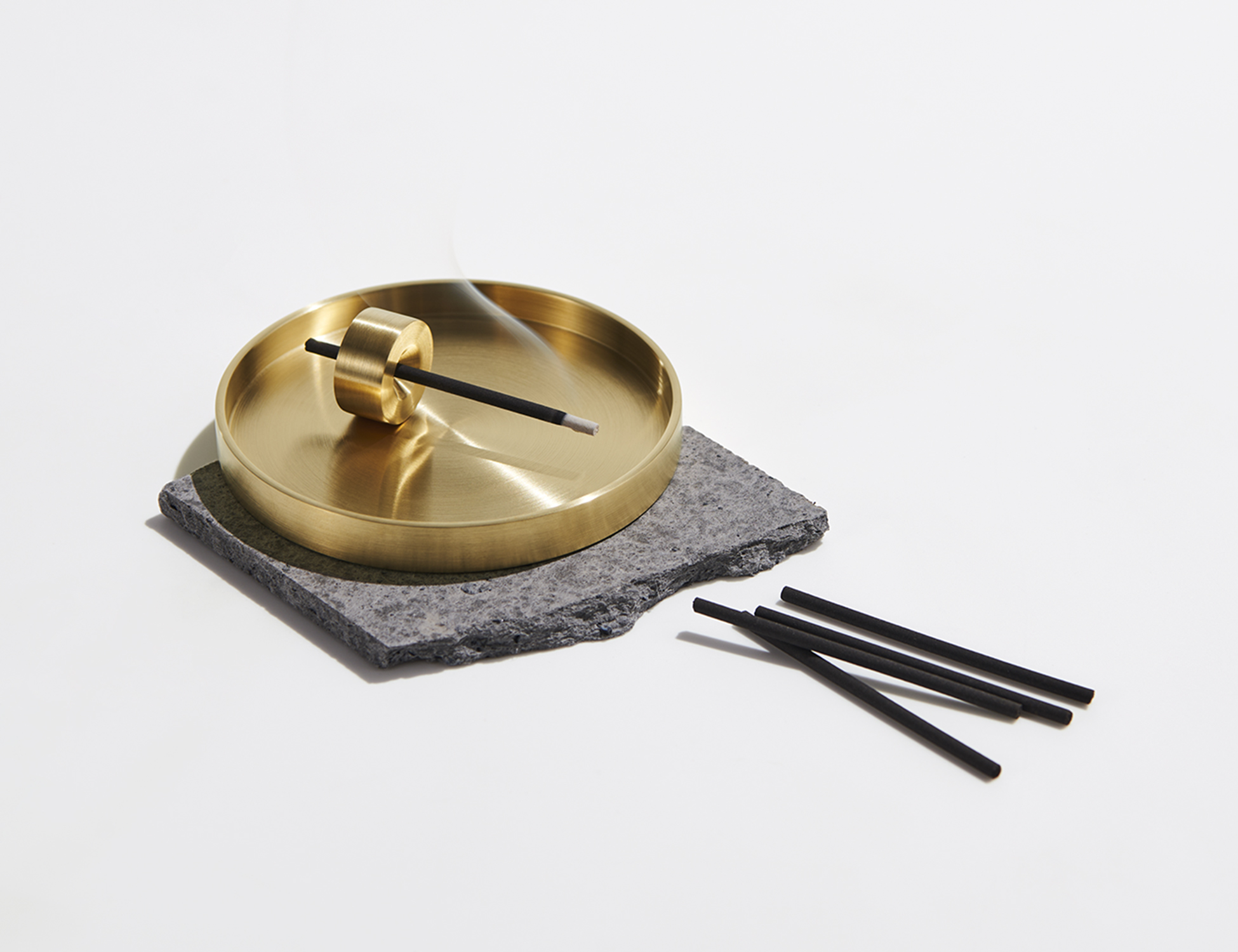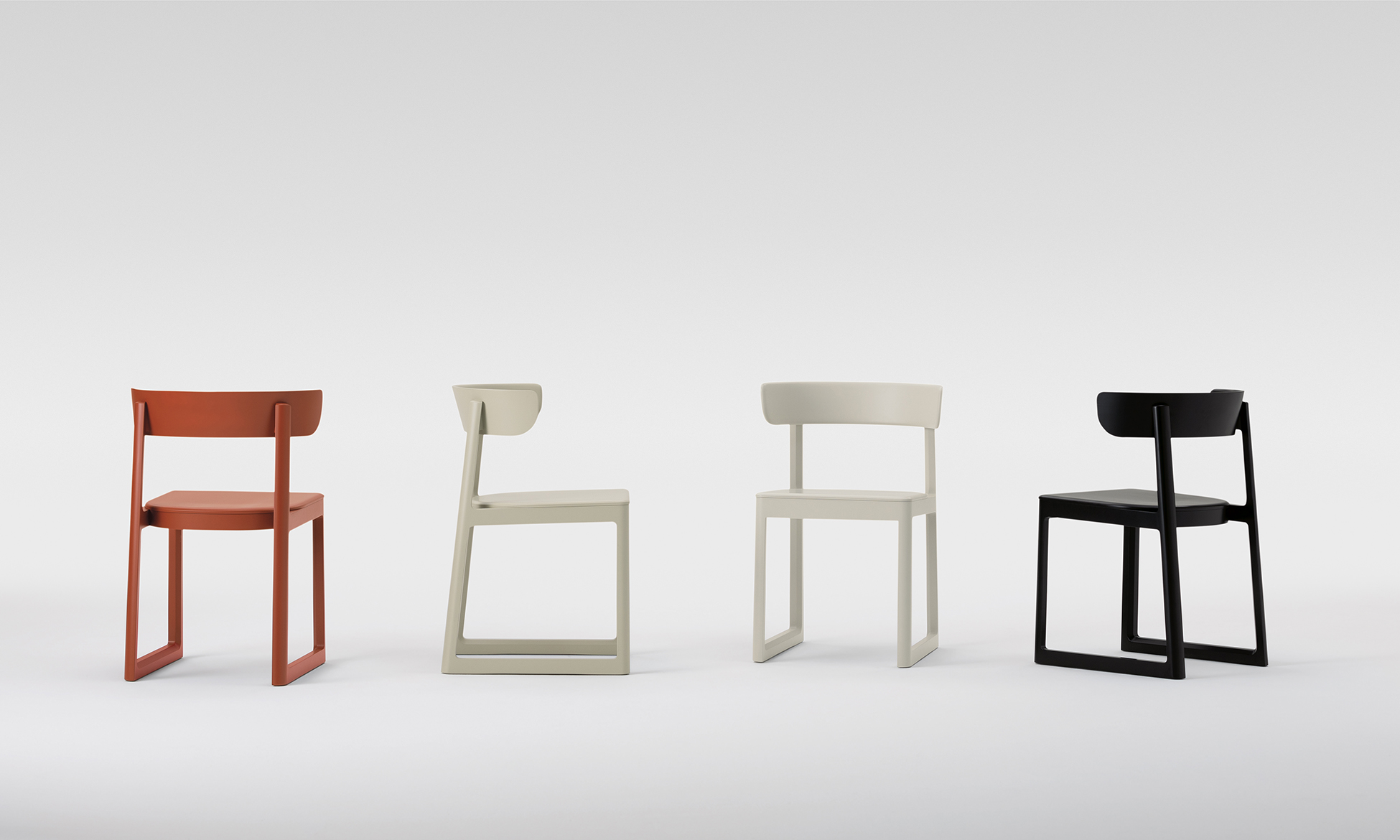 |
View this email in your browser |
NEWSLETTER
issue 39 | July 2023
This is the story of Japanese Craftsmanship Spirits:
Koh (incense)

Source: ichikoichie
People in Japan may find memories deriving from sweet scents when you visited your grandparents at the countryside during long vacations or walking by temples.
Incense, which is said to have originated in the Pamir Plateau, was incorporated into Buddhism when it reached India and spread throughout Asian countries as the religion spread in the 5th century. In Buddhism, incense is believed to represent “the heart of mercy.” Therefore, spreading its fragrance means spreading mercy evenly to people.
During the development of Higashiyama culture during the Muromachi Era (1336-1573), incense ceremony became something like a gathering for appreciating art, like the tea ceremony and flower arrangement. Koh-do established itself as an art form unique to Japan, and Samurai warriors became fonder of appreciating fragrant wood. During the Edo era (1603-1867), the ceremony became popular to the publics and people started to enjoy various rare incenses.
Incenses are made by mixing tabu-ko, powder taken from the Camphoraceae trees, charcoal powder, and fragrance which is extracted from various materials including trees. Nowadays this new form of Japanese art is flourishing in creativity and new scents and beautiful shapes of incenses are produced. By burning incense, you can bring a scent of natural material at home. This may be the reason why incense has naturally blended into our lifestyles.
EN series in colors

Colors have always been the fundamental approach to EN series. For Cecilie Manz, selecting a color for an object has the possibility to unify a structure.
“An opaque color somehow clarifies the outline of the chair. It turns into a completely clear version of the design,” says the designer.
This year, in addition to the introduction of a complete wooden chair, four new colors have been added to the family, each name also unique and special: clay white, rusty red, dusty green and black.
Clay white is “a warm, almost-white tone inspired by raw materials such as porcelain clay,” tells the designer. It is a white tone calmer and more neutral than a bright white which may stand out too much in a room. Dusty green is “a subtle hint of green, discrete, and not too loud.”
While clay white and dusty green are subtle, rusty red and black are more powerful, emphasizing the silhouette of the chair. Not only the rusty red tone, inspired by nature’s own strong color, rust, and lacquer ware reds, but also the black color tones have been blended meticulously by Maruni’s artisans to create the color palette that perfectly expresses the color tone that was in the designer’s mind.
CECILIE MANZ | MARUNI COLLECTION 2023
This email is from Maruni Wood Industry Inc. whose registered office is at 24 Shirasago Yuki-cho Saeki-ku Hiroshima-shi Hiroshima. You have received this email because you have previously provided us with your email address.
To unsubscribe, please e-mail us at press@maruni.com






